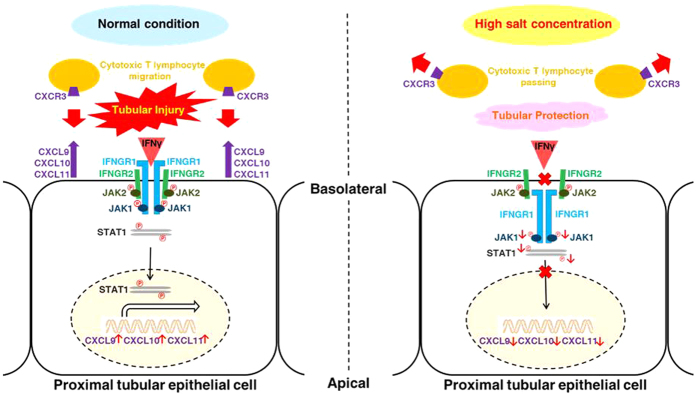Figure 8. Schematic representation of the mechanism of inhibition of IFNγ-JAK1-STAT1 signaling by the exposure to a high salt concentration in proximal tubular cells.
The exposure to a high salt condition decreased the protein abundance of IFNGR1 in the basolateral membrane of proximal tubular cells. This IFNGR1 internalization suppressed phosphorylation of an activation site of JAK1, thereby inhibiting the transcriptional activity of STAT1 through decreasing phosphorylation of its activation sites. Finally, the excretion of IFNγ inducible chemokines from proximal tubular cells was suppressed. Accordingly, the migration of cytotoxic T cells possessing a specific chemokine receptor CXCR3 was presumably decreased.

